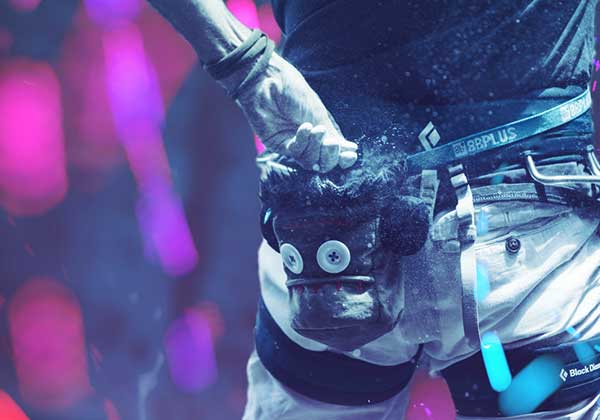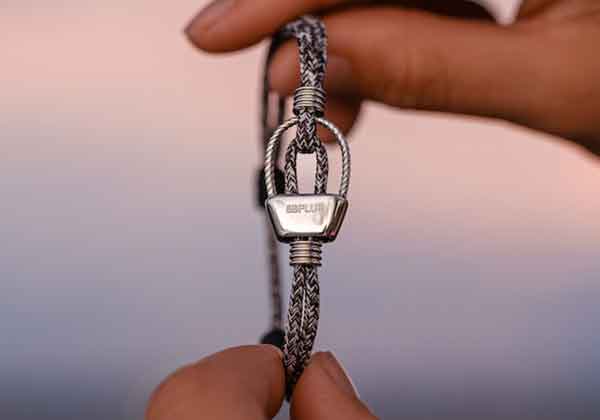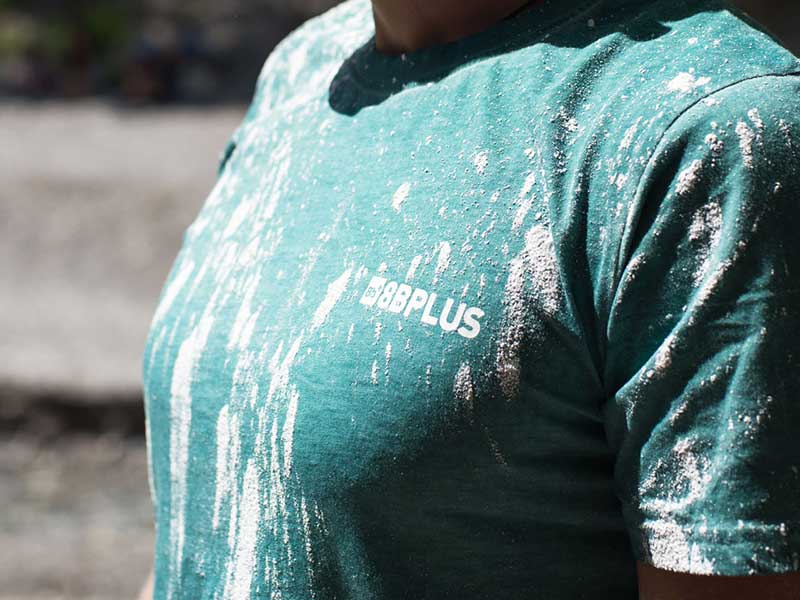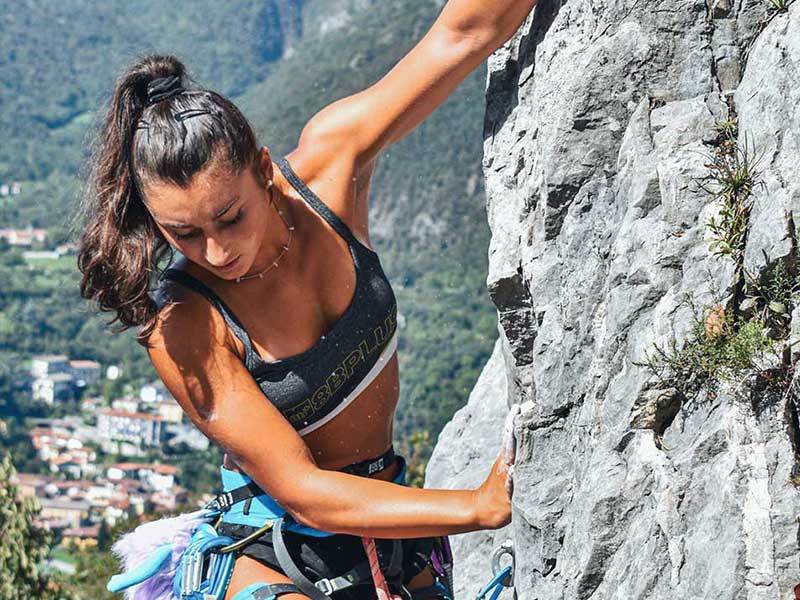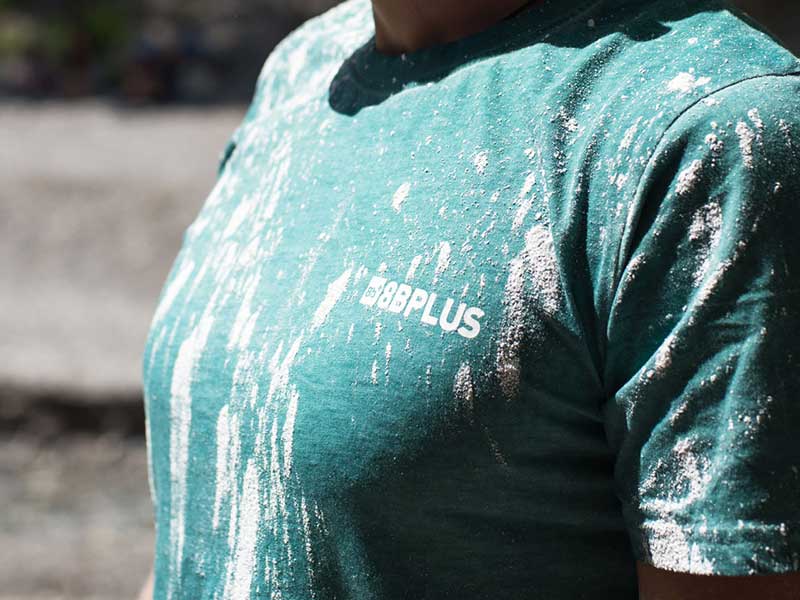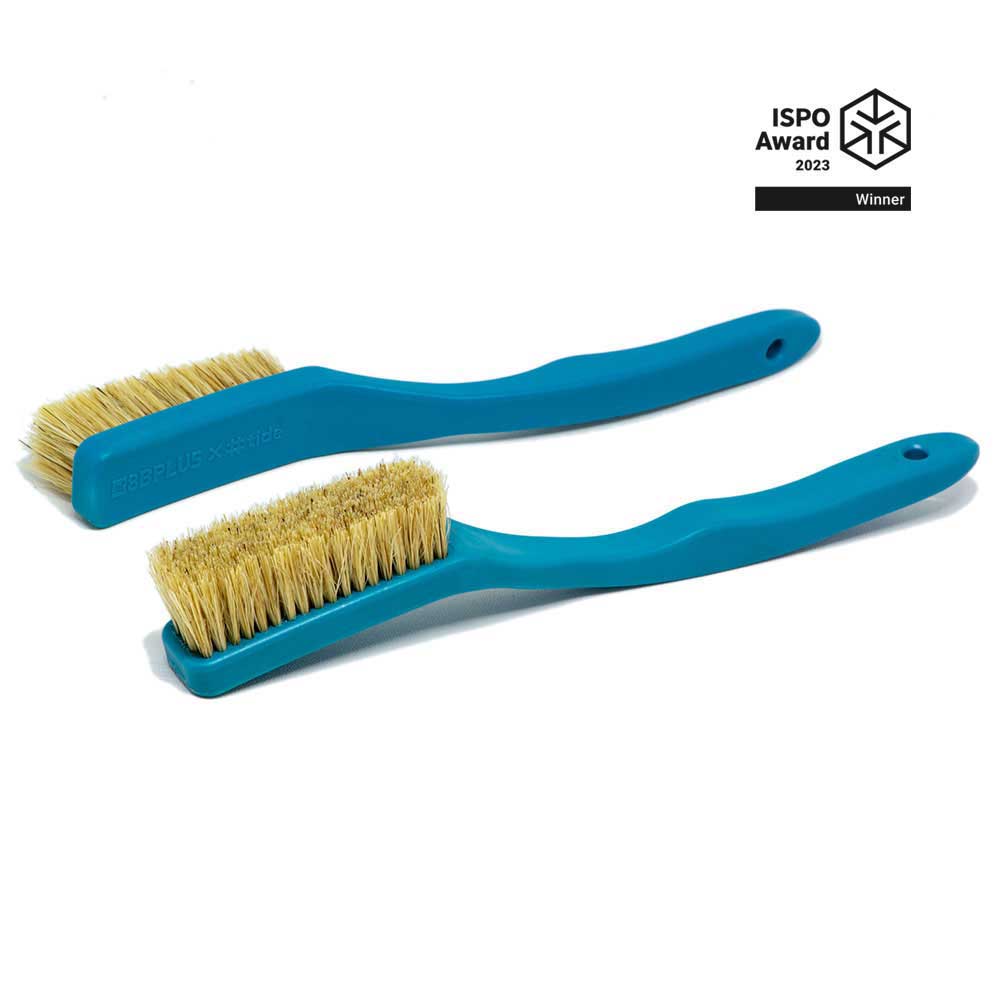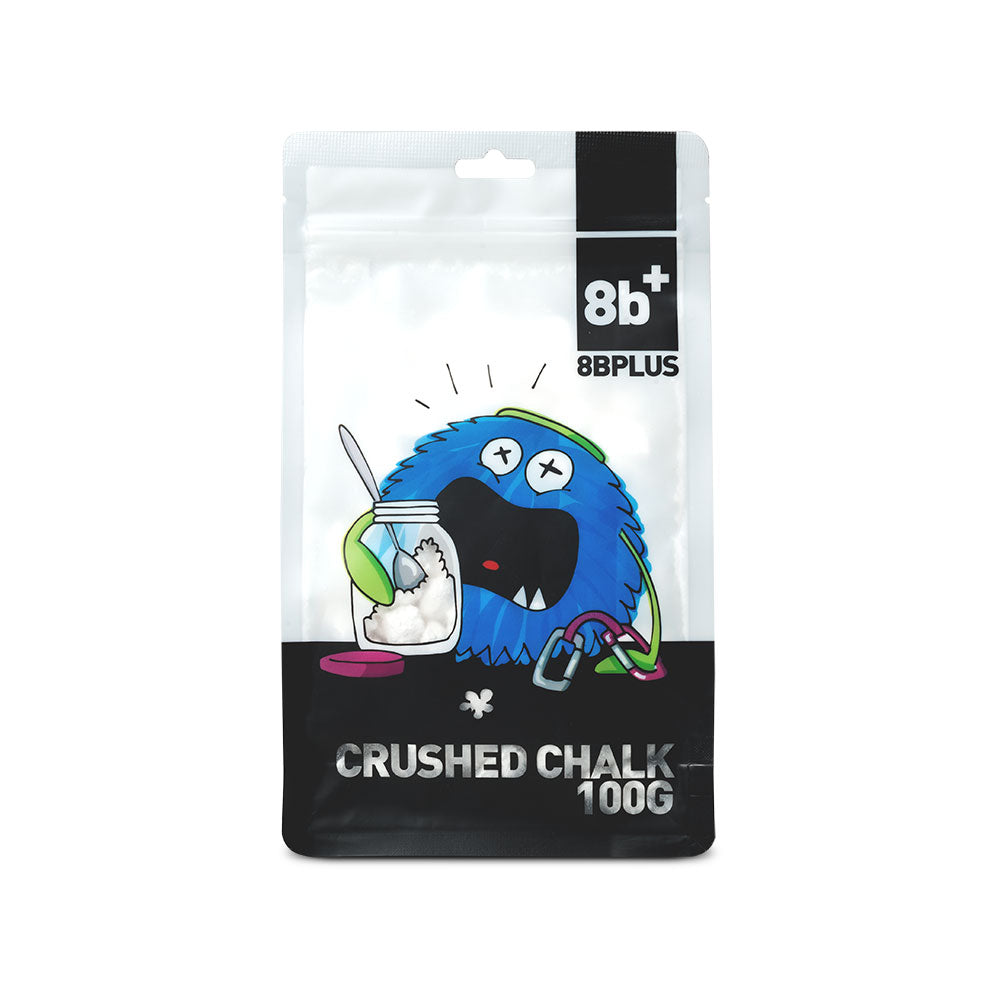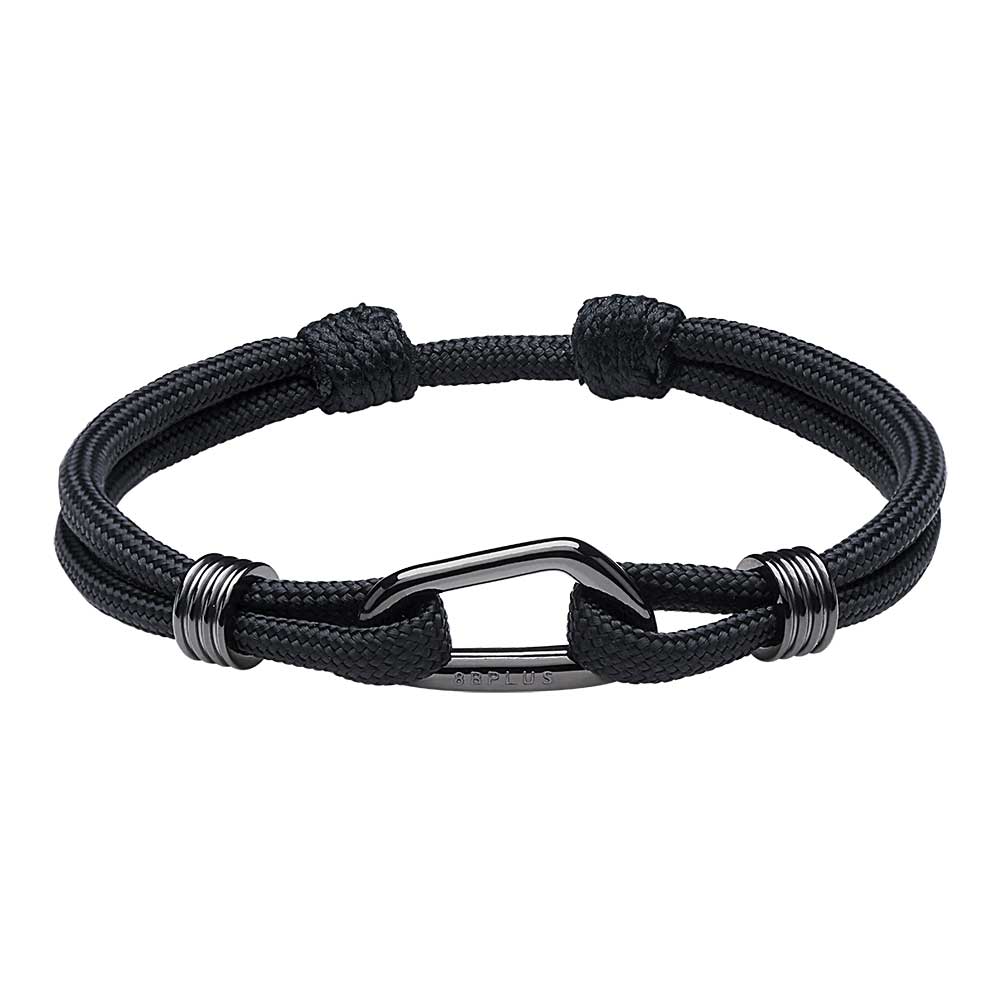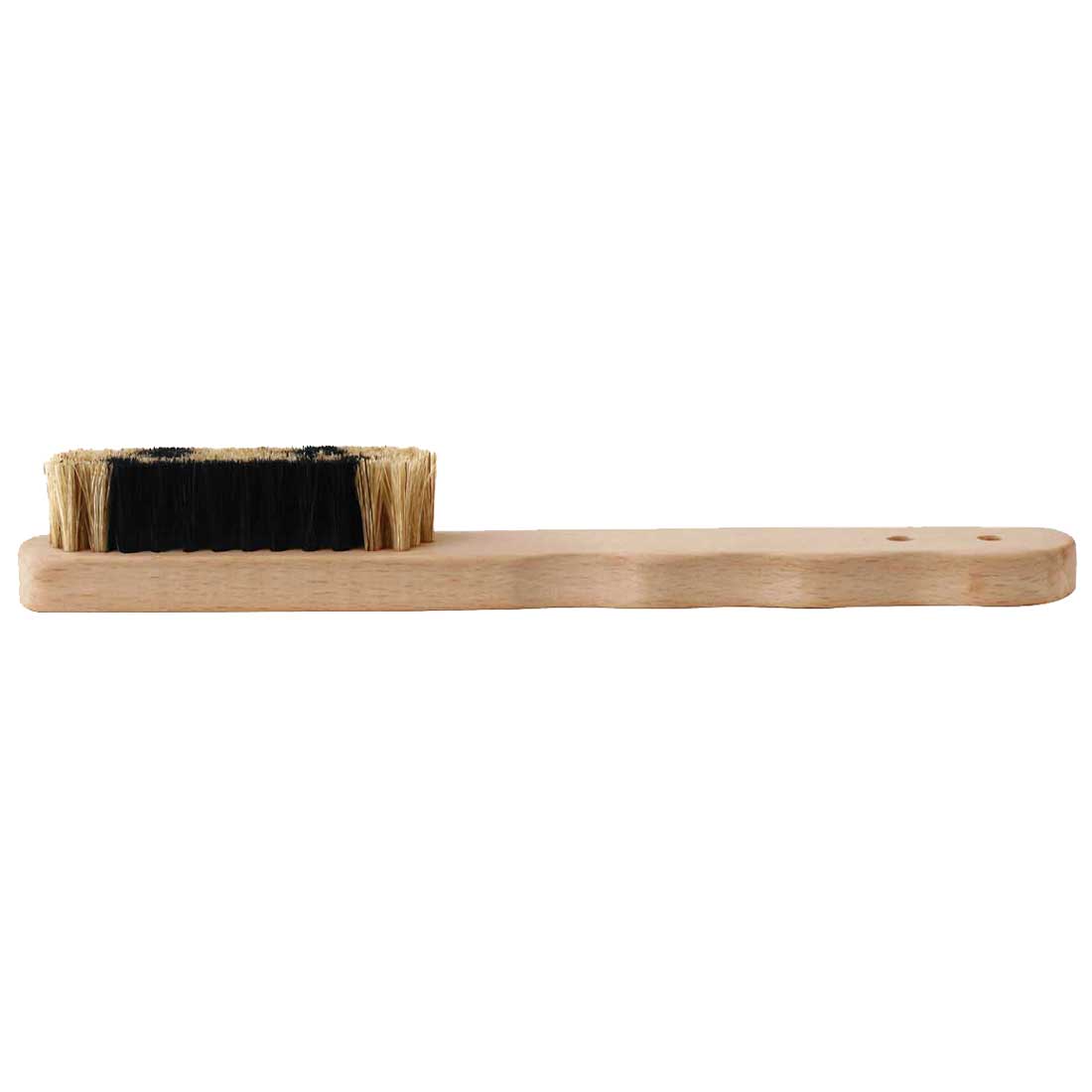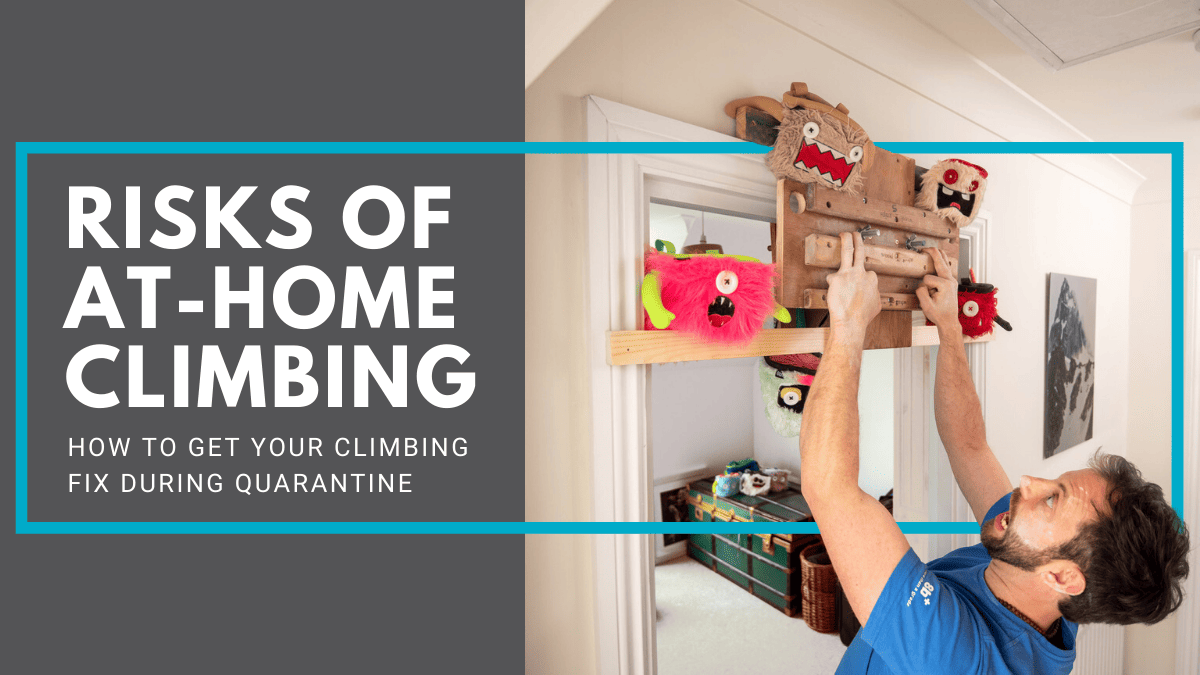
Risk Levels of At-Home Climbing
Right now, it is our job to minimize risk to ourselves and our communities. Under normal circumstances, we accept the risk of injury or death when climbing as entirely our own. But in these strange times, this risk extends to local communities, first responders, and health professionals on the front lines of COVID-19.
Luckily for us, we live in a time when technology and creativity can help us stay connected. And due to nation-wide stay-at-home mandates, we have seen a surge of climbing training information hit social media. Climbing gyms are closed, and outdoor climbing is out of the question, so amateur and professional climbers alike are trying to find creative ways to train at home.
Weight lifting and hangboarding are excellent ways to stay in shape, but many climbers are looking to do the real thing in their homes. There is a considerable amount of misinformation out there, and we are here to make sure that you know what’s what with all of these crazy at-home exercises, training plans, and climbing techniques.
Please note that at-home climbing, like all climbing, is inherently dangerous.
Don’t try a full house send…
without proper protection. Let’s remember, Brooke Rabatou is an Olympic climber. The risk of a full house free solo is minimal for a climber of her skill level. Thanks to years of mental and physical training, she is unlikely to fall at the difficult opening campus problem. She finds solid rest positions throughout the climb and can get a lot of energy back, but for most of us, this vast traverse has treacherous no-fall zones. We suggest avoiding the at-home free solo altogether.
A better place to start might be…
couch trad. While couch trad climbing does require that you have the proper protection, fortunately, the couch cushion placements are bomber. We advise that you be on the lookout for wildlife as you can see domestic creatures may pose a hazard, and we do not suggest using them as hand or footholds as they can be incredibly unstable. And while the couch cushions may look chossy, couch trad makes for a solid day of climbing when you can’t get to the crag. To increase the difficulty, try using loveseats or even Lazy Boys for smaller handholds.
If you don’t have a trad rack…
try the full house bolted route. Please note that you will need to know how to lead climb, but this may be a better place to start with significantly less risk than the full house free solo or couch trad. Notice how this route snakes around the entire house, but the next clip is never more than five or so feet away. The first ascensionist definitely had safety in mind with these bolt placements, so with this technique, your risk of injury is significantly decreased. To increase the difficulty, try adding in a bathtub off-width.
If you are afraid of heights…
don’t forget the Ondra method. The Ondra method requires that your partner be incredibly familiar with your project, but is by far the lowest risk at-home training method. You can create muscle memory and rehearse your project until you have every move down. We suggest that you put everything you’ve got into each Ondra session to get the most out of it. Don’t worry, you’re quarantined so no one will hear your grunts or see your funny faces! To increase difficulty, simply imagine harder moves.
While you are stuck at home, these various levels of at-home climbing may be just what you need to survive the quarantine. Please be sure to push your limits responsibly and take as few risks as possible when at-home climbing. From the full house free solo to the Ondra method, there are plenty of ways to get the climbing fix at home while we keep ourselves and communities safe.

